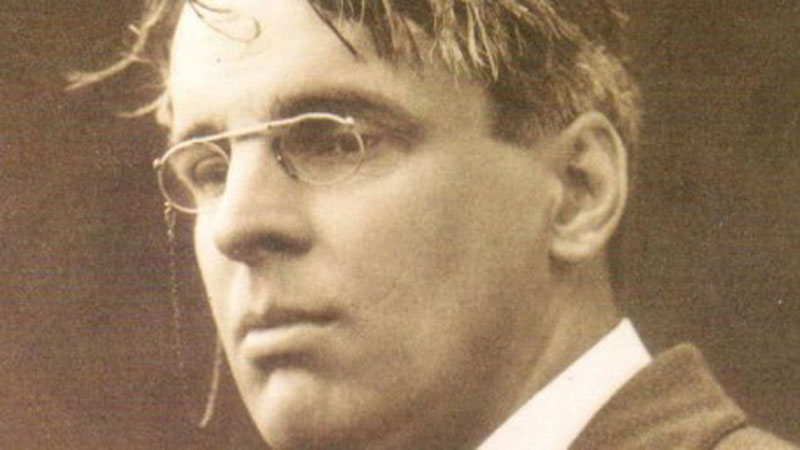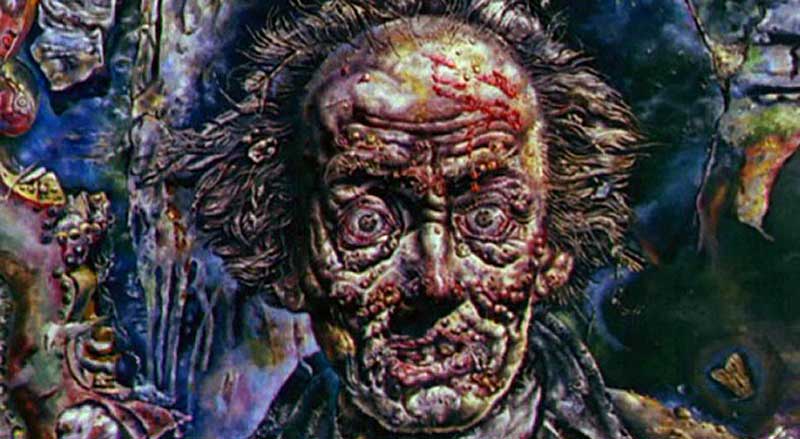DR KAJA Franck looks at Oscar Wilde’s The Canterville Ghost, a case of when Gothic parody met American sensibility
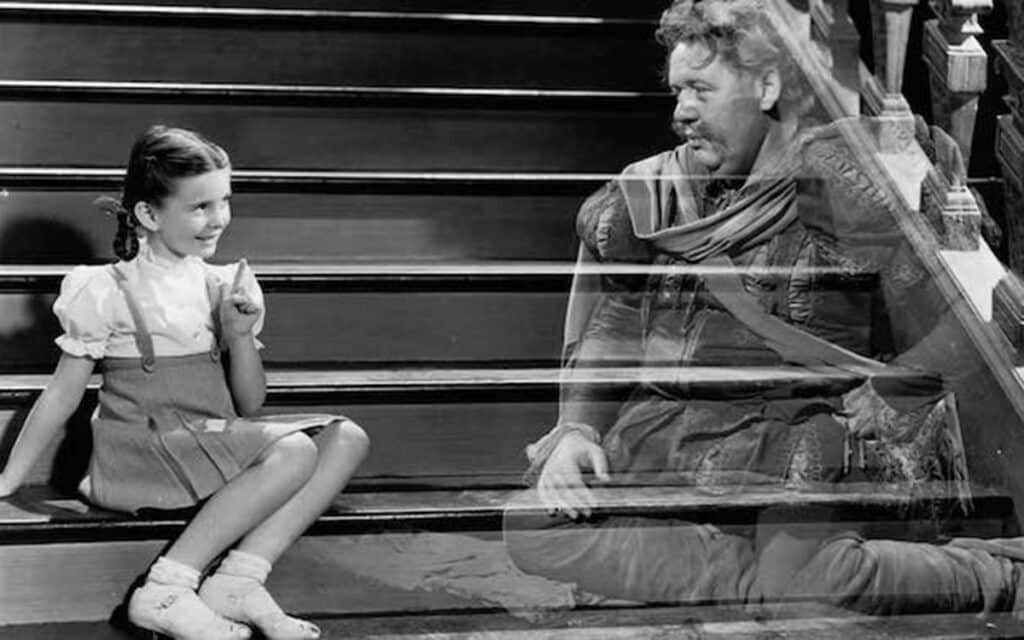
In 1882, early in his career, Oscar Wilde undertook a year-long, lecture tour of North America. His aim was to spread the word of his genius: to delight and possibly disturb the American sensibility. (Though there is no evidence that he said told a customs officer: “I have nothing to declare but my genius.”)
Every aspect of his presentation – from outfits to how he spoke – was designed to capture his performance as an aesthete.
Five years later, his short story The Canterville Ghost was published in two parts in The Court and Society Review. This Gothic parody follows the misadventures of the Canterville Ghost whose after-life is ruined when an American family, the Otises, buy his ancestral home. Their arrival ends his reputation as formidable Gothic entity.
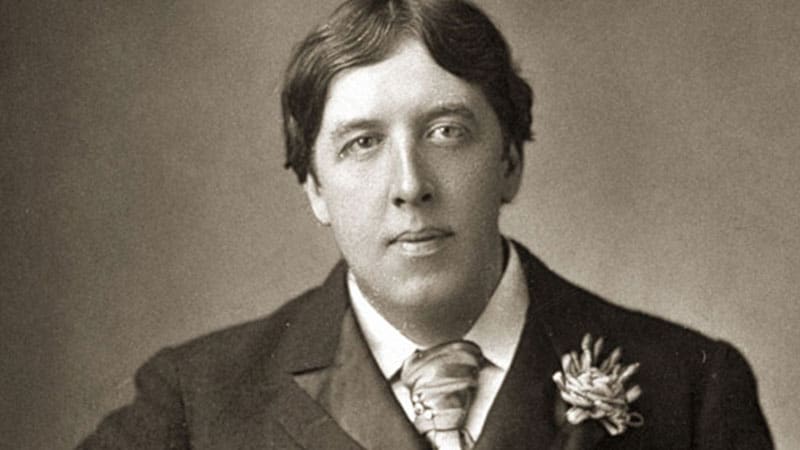
American Gothic?
Wilde’s narrative presents America as the antithesis to British Gothic and the supernatural.
The Ghost remarks that he does not think that he would like America to which the Otis’ daughter Virginia responds, “I suppose because we have no ruins and no curiosities”.
Although Wilde frames this exchange as comic, the idea that America could not be home to the supernatural was not new.
It was believed that America lacked the ‘Puerile superstition and exploded manners, Gothic castles and chimeras’ (Charles Brockden Brown, Edgar Huntly [1799]) that were required for both the belief in ghosts and production of Gothic texts.
Wilde parodies this by suggesting the American Otises are simply unable to acknowledge the horror that is in front of them and are too practical to be scared.
The Canterville Ghost: A Gothic Parody
The Canterville Ghost follows a tradition of Gothic parody in English Literature. Gothic literature emerged with the publication of Horace Walpole’s The Castle of Otranto (1764) as a highly popular, self-aware genre replete with tropes that could easily be replicated and parodied.
Jane Austen’s Northanger Abbey (1817) is an early example of this Gothic parody; it critiques both the popularity of Gothic novels and the very real dangers that face young woman to whom these novels appealed.
Wilde’s short story contains all the obvious plot points for a good Gothic tale: a haunted house, historical crimes and a ghost – none of which are capable of shaking the Otis’ practical nature.
Their arrival is precipitated by a storm which they dismiss as British bad weather.
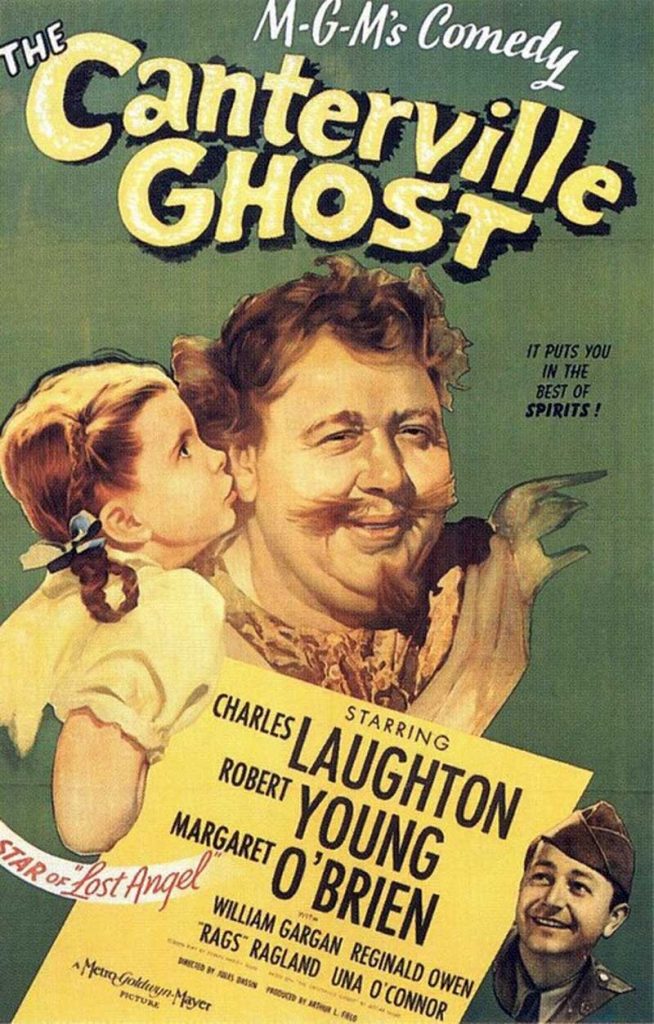
An ancient blood stain is cleaned up with an American, name-brand stain remover.
The Ghost bemoans the fact that they do not appreciate the effort of his costumes and performances.
The Otises refuse to respect the heritage of hauntings rendering them powerless.
A Fairy Tale of Forgiveness
Yet, despite its superficial and sometimes glib tone, Wilde’s Gothic parody returns to the theme of shame and forgiveness that recurs throughout his work.
The Canterville Ghost is unable to rest due to his guilt; his crime was killing his wife for which he was walled up in a secret chamber to starve to death.
Destroying the one you love and the violence it breeds returns in Wilde’s poem ‘The Ballad of Reading Gaol’ (1898) which he wrote following his release from Reading Gaol following his imprisonment for ‘gross indecency’.
The Canterville Ghost cannot forgive himself nor can he find peace. His role of ‘ghost’ is fundamentally unfulfilling; he admits to Virginia that he would like to go to the Garden of Death.
It is Virginia’s sensibility that allows this. Her compassion and empathy exorcises the Ghost for which she is rewarded with jewels and a marriage to a British Lord.
The Canterville Ghost ends as a fairy tale exemplifying Wilde’s disarming ability to mix archness, wit and vulnerability.
Read our review of The Canterville Ghost 1996 starring Patrick Stewart




